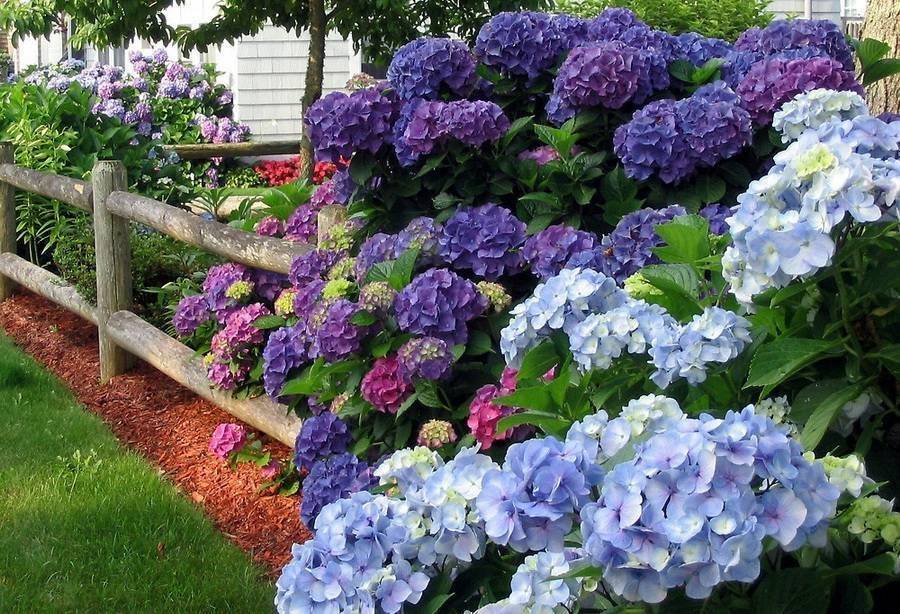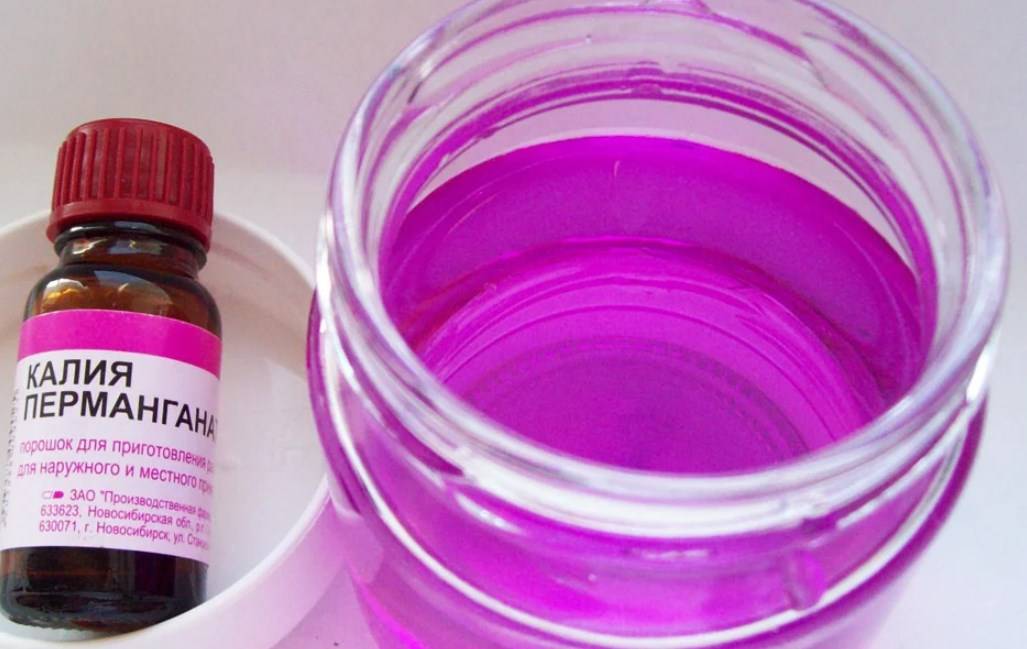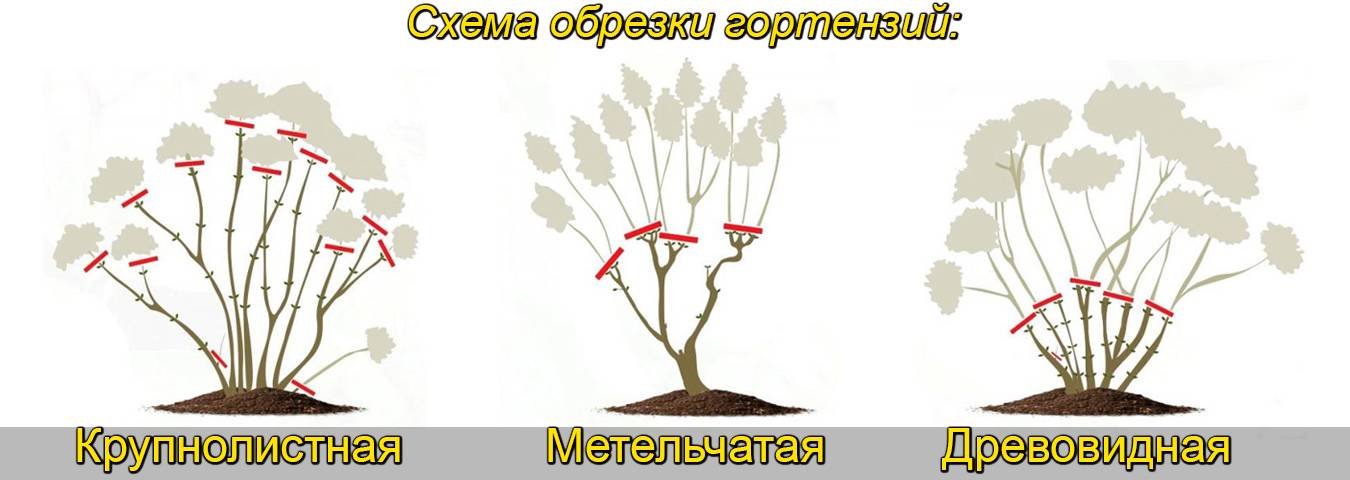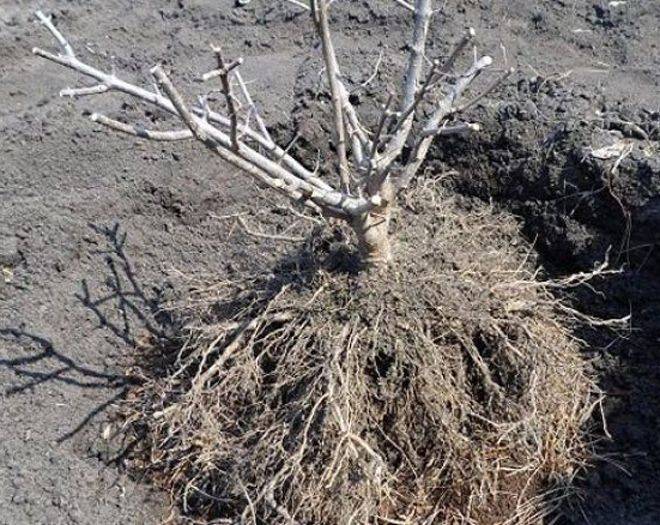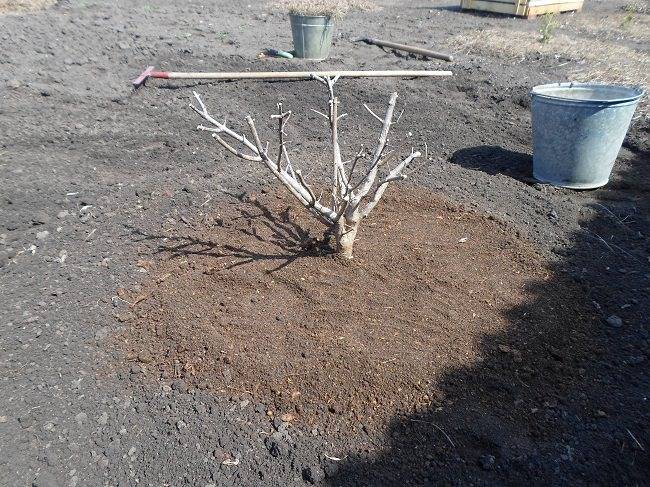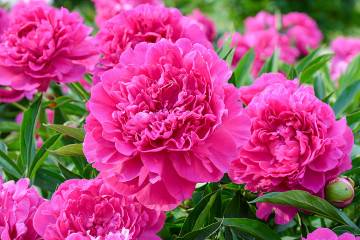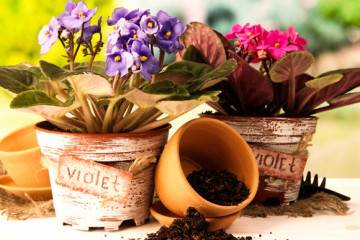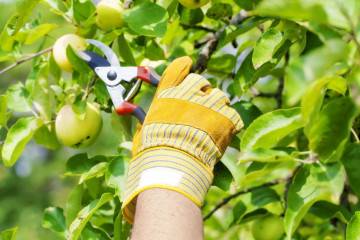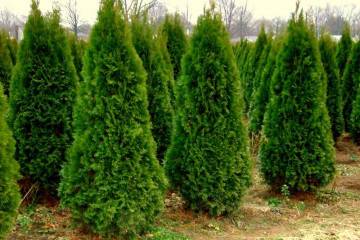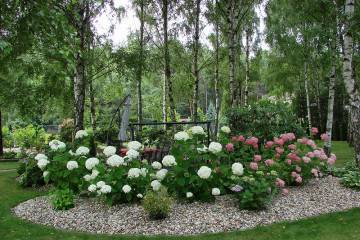Hydrangea care in spring - how to properly transplant a hydrangea
Content:
Hydrangea is a flowering ornamental shrub that belongs to the Hortensia family. In the wild, it grows in Southeast Asia. The cultivated varieties are safely grown in the gardens of the Moscow region, and some hybrid ones can be planted even in Siberia. Many growers keep the plant indoors, but flowering spreading shrubs look much more spectacular on their backyards.
Hydrangea care in spring
Gardeners, choosing plants that will grow in their country house, often prefer hydrangeas. This is due to unpretentious care and cultivation, as well as lush and long flowering for a long time.
During the flowering period, the entire bush is covered with large white flowers, which exude a pleasant and moderately rich aroma. Proper care in spring ensures a lush bloom until the first frost.
It is necessary to start looking after the culture in the country from early spring, that is, from March, and in regions with unfavorable weather and climatic conditions from April-May. It is important that the likelihood of frost occurrence at night and in the morning has already passed, otherwise the root system and the aboveground part may freeze slightly.
Watering hydrangeas in spring
The plant needs a lot of moisture if the winter was frosty and dry, with minimal or no thaws. Therefore, the first step is to water the hydrangea, this will help wake the plant up after a long hibernation.
Tips and tricks for watering hydrangeas in early spring:
- for each adult bush, at least 12-15 liters of a little warm water is released, without high concentration of chloride compounds in the composition;
- water intended for irrigation must be settled in clean containers in a dark room for several days;
- to prevent the development of diseases, a small amount of potassium permanganate (manganese) is added to the water, the liquid should acquire a pale pink hue;
- it is forbidden to water the ornamental plant with cold and even more ice water. The optimal temperature regime is 30-35 ° С;
- if the weather is dry, then the optimal frequency of watering is once a week. If the spring is cool and damp, then you need to water the culture no more than 1 time in 10 days;
- the first three times the hydrangea needs to be watered with water containing manganese for disinfection, then ordinary water is used.
Top dressing
After hibernation, street plants must be fed with mineral, organic or complex fertilizers. At the beginning of spring, the culture actively forms buds and leaves. To stimulate the growth and build-up of green mass, nitrogen-containing compositions are used. Fertilization is carried out in 2 stages:
- In the process of leaf formation, a mixture of pure settled water, urea and potassium sulfate is used. In a 5-liter container with water, dilute 1 teaspoon of each of the ingredients. This is enough to feed one adult plant.
- During the formation of buds in a garden hydrangea, other fertilizers must be used. As a rule, they take complex mineral compositions with a high content of potassium and phosphorus. Superphosphate is mainly used, it is only necessary to dilute 1-2 tbsp. tablespoons of powder in 10 liters of clean, settled water. No more than 5 liters of liquid is poured under the root of each hydrangea.
A high concentration of nitrogen is contained in manure, so it can be used as fertilizer during the formation of green mass.
Loosening and mulching the soil
After wintering, you must definitely devote time to the soil in which the hydrangea grows. What do we have to do:
- with the arrival of heat, the shelter made in the fall is removed from the plant. Sanitary cleaning is carried out near the bushes: weeds, dry leaves and branches are removed from the surface of the earth;
- within a radius of 1 m, the soil is loosened to a depth of approximately 5-10 cm, this will allow the roots to be saturated with fresh air;
- at the end, the peri-stem circle is covered with mulch, which consists of wood chips, bark or peat. Sawdust and spruce branches also do the job well.
Pinching, pinching and spring pruning
In the spring, after removing the shelter, it is necessary to carry out sanitary pruning almost immediately. It allows the shrub to return to its former attractiveness, and also prevents the development of diseases, attacks of pests.
The first sanitary pruning is carried out in the second year after planting, before the formation of new shoots. After cutting, the cut sites must be treated with disinfecting compounds.
- Pinching or trimming the ends is necessary to give the shrub the correct shape and lush growth. The pinching does not allow the hydrangea to greatly increase in size, the shoots slow down their growth in length, and the lateral ones grow soundly. The most suitable time for the procedure is May.
- Stealing. The essence of this manipulation is to remove excess lateral processes. It must be carried out in order to get a lush and voluminous flowering throughout the bush.
- Sanitary pruning is an integral part of the agrotechnical complex. The procedure is seasonal, during which dry inflorescences, frozen dried shoots are removed.
- Rejuvenating pruning is done to remove old and weakened shoots. After it, 6-9 strong and strong shoots are left on the bush. Branches older than four years must be removed.
- Thinning pruning is necessary to remove excess branches that grow inside the crown and get confused. In such bushes, a favorable environment is formed for the development of pathogenic microflora.
Breeders have bred a large number of different varieties, you need to care for them in different ways.
Pruning large-leaved, serrated and prickly hydrangeas
The first group includes thorny, serrate and large-leaved hydrangeas. Their characteristic feature is that new inflorescences are formed exclusively on last year's shoots.
The most suitable time for the procedure is early spring, when the buds are just beginning to swell or the first leaves are showing. First, the shrubs are thinned out, frozen and dried twigs are removed. Large-scale pruning should not be carried out, since then the hydrangea will bloom only after a year.
Pruning tree and panicle hydrangeas
The second group includes treelike and panicle hydrangeas. Their inflorescences are formed on new shoots that have formed in the current growing season.
You should not postpone pruning, because then the hydrangea will bloom late. After removing the shelter, you must immediately remove last year's shoots. Pruning is necessary for the buds to swell. Features of carrying out in different varieties:
- in paniculate hydrangea, shoots are cut to 1/3 of the total length. It is imperative to thin out the dense crown, removing weak and deformed branches.
- in a tree-like variety, the shoots are shortened so that 2-3 buds remain. On an adult shrub, it is enough to leave 1 kidney. If you neglect this procedure, the shrub will thicken, the inflorescences will form in smaller and smaller sizes.
Transplanting hydrangea after winter to another place
An equally common question from experienced and novice agronomists is how to transplant a hydrangea correctly. Transplanting hydrangeas in the spring to another location should be done before flowering. The most suitable period is from late March to early April.
It is necessary to prepare for transplanting in advance, in the fall. The bush is prepared as follows:
- As soon as the hydrangea has faded, the branches are collected in a bunch, pressing tightly against each other. Fix in this position with a tight rope.
- Dig a narrow ditch with a depth of up to 30 cm near the trunk within a radius of half a meter. Compost is poured into the resulting groove, watered abundantly with water. If you need to transplant a large shrub, then the radius around the trunk should be at least 50-70 cm.
- In the spring, the plant is dug up together with a large earthy clod, since otherwise the likelihood of damage to the root system increases significantly.
Is it possible to transplant a hydrangea in June
You also need to know when it is possible to transplant a hydrangea, because the health and appearance of the plant depend on the correctness of this procedure at the right time. At the beginning of summer, the flowering season already begins, and the shrub is covered with a large number of inflorescences. Plants during this period are forbidden to be transplanted, and indeed touched once again. If you neglect this recommendation, the inflorescences can get damaged and fall off. The next year, the plant may not bloom at all, or the flowering will be completely scarce.
Under favorable weather and climatic conditions, as well as the observance of all agrotechnical rules, the bushes begin to bloom in mid-July in the north, therefore, the bushes can be transplanted in June.
Blooming hydrangea, without exaggeration, can be called a real decoration of the garden area. In the spring, the agrotechnical complex includes pruning, abundant watering, prevention of pest attacks and the development of diseases, the introduction of organic, mineral or complex fertilizers. In general, the culture is picky about care. You can buy high-quality planting material in the nursery or from trusted friends.
